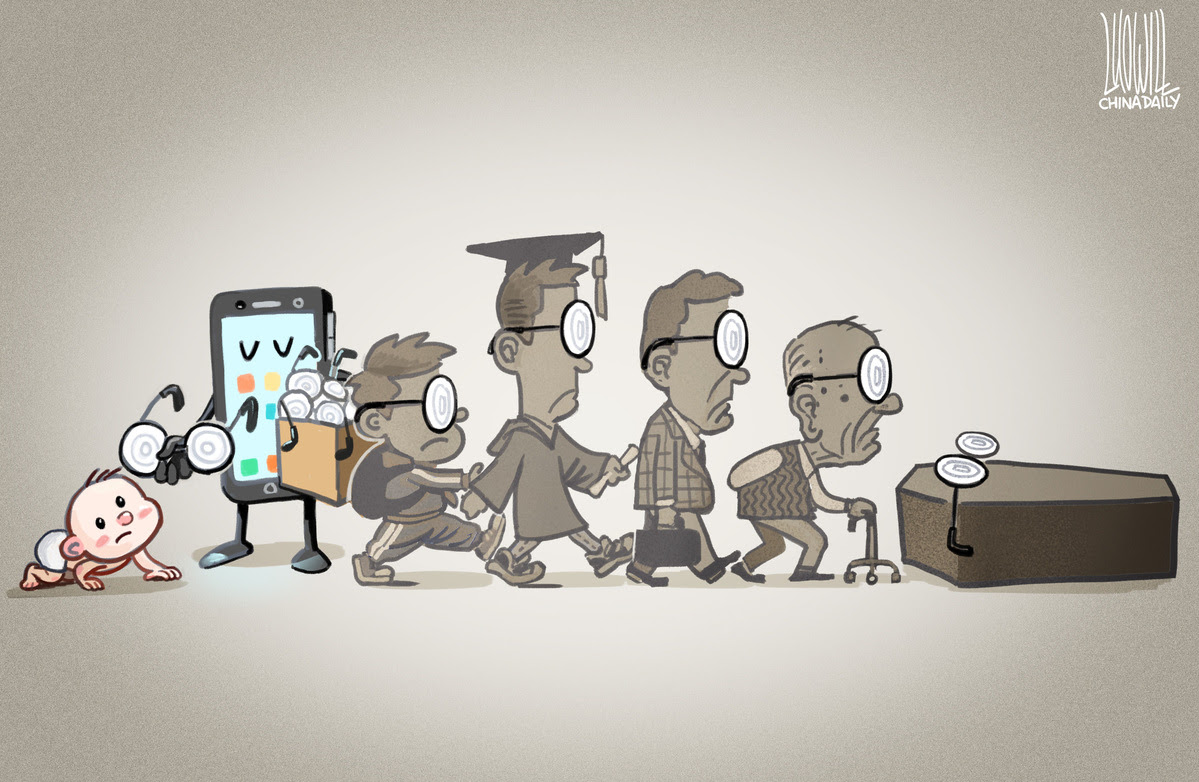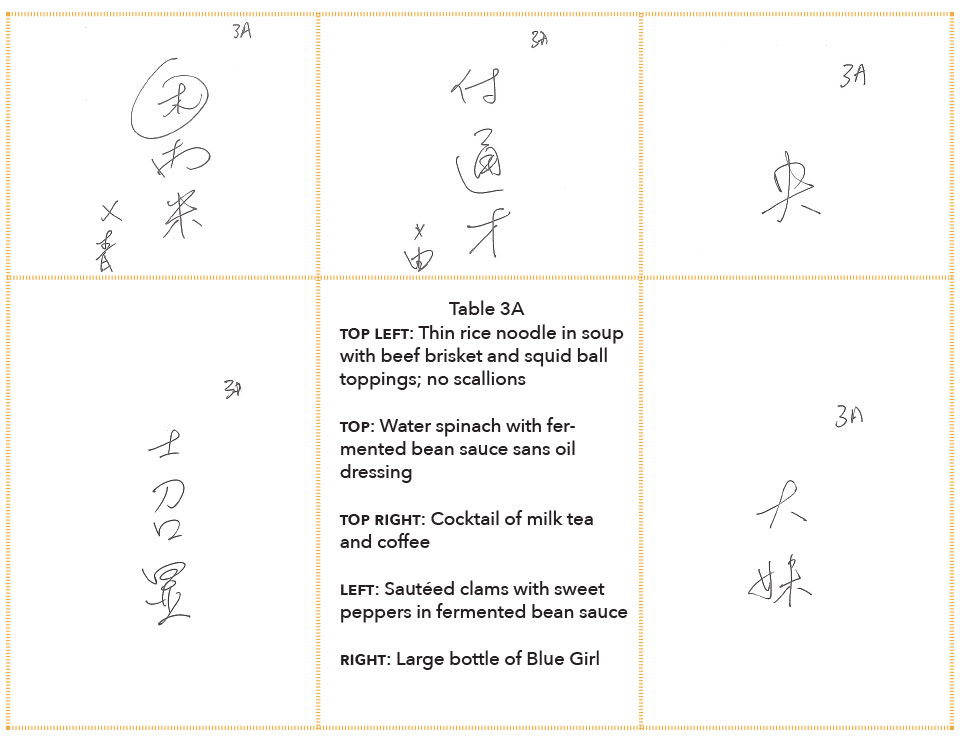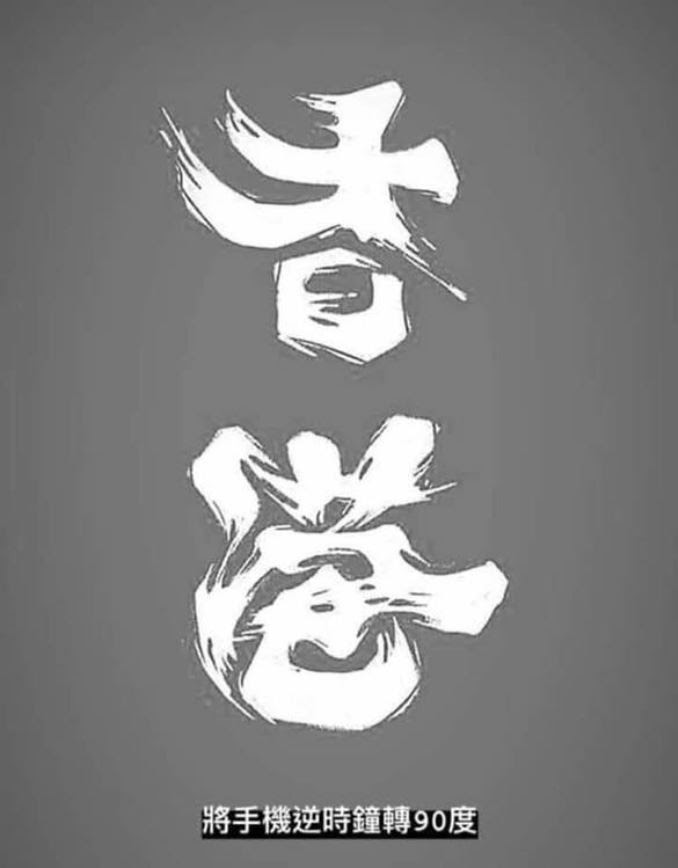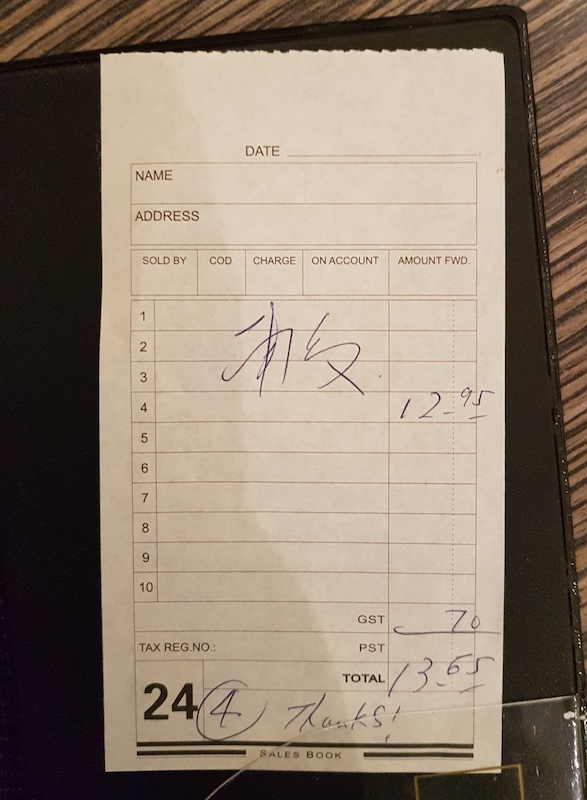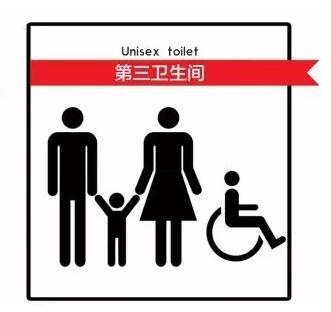Archive for Writing
Chinese restaurant shorthand, part 6
In "Hong Kong Food Runes", World Literature Today (Spring, 2019), Lian-Hee Wee takes a highly literate look at the semiliteracy of Hong Kong restaurant workers. This is a different view from our earlier investigations on this topic, since Wee is writing from the vantage of a waiter who is intimately familiar with this stenographic script. Below is a set of order slips for Table 3A at a daai paai dong (lit., "big row of stalls", i.e., "hawker center"):
Read the rest of this entry »
How to write "write" in Chinese and Japanese
The word for "write" in Modern Standard Mandarin (MSM) is xiě. The traditional form of the Sinograph used to write this word is 寫, var. 冩 (can you see the difference?). In Japanese that would be pronounced "sha" or "utsusu", but it is considered an uncommon character (hyōgaiji), and means not "write", but "transcribe; duplicate; reproduce; imitate; trace; describe; to film; to picture; to photograph".
There are a number of words for "write" in modern Japanese (e.g., arawasu 著す, shirusu 記す), but the most common is kaku 書く. Yes, that kanji means "book" in MSM, but it meant "write" in early Sinitic, whereas 寫 means "write" in MSM but meant "to place; to displace; to relocate; to carry; to relay; to express; to pour out [one's heart, troubles, etc.]; to copy; to transcribe; to follow; to describe; to depict; to draft; to create quotations; to draw; to sketch; to make a portrait; to sign; to formalize" in Literary Sinitic (LS) and Classical Sinitic (CS) This is a good example of how Japanese often tends to retain older meanings of characters in the modern language, whereas in MSM characters have a propensity to take on new and quite different, unexpected meanings (e.g., zǒu 走 ["walk" in MSM] meant "run" in LS and CS).
Read the rest of this entry »
Whence cometh linguistic meaning?
Sino-Platonic Papers is pleased to announce the publication of its two-hundred-and-eighty-seventh issue:
“Emotion, Reason, and Language: Meanings Are Made, Not Retrieved” by J. Marshall Unger. A free pdf of this paper is available here.
Read the rest of this entry »
Freemocracy
We just posted on a calligraphic ambigram that means both "go" and "Hong Kong": "'Go Hong Kong!'" (6/12/19). Here's another one that does not require rotation:
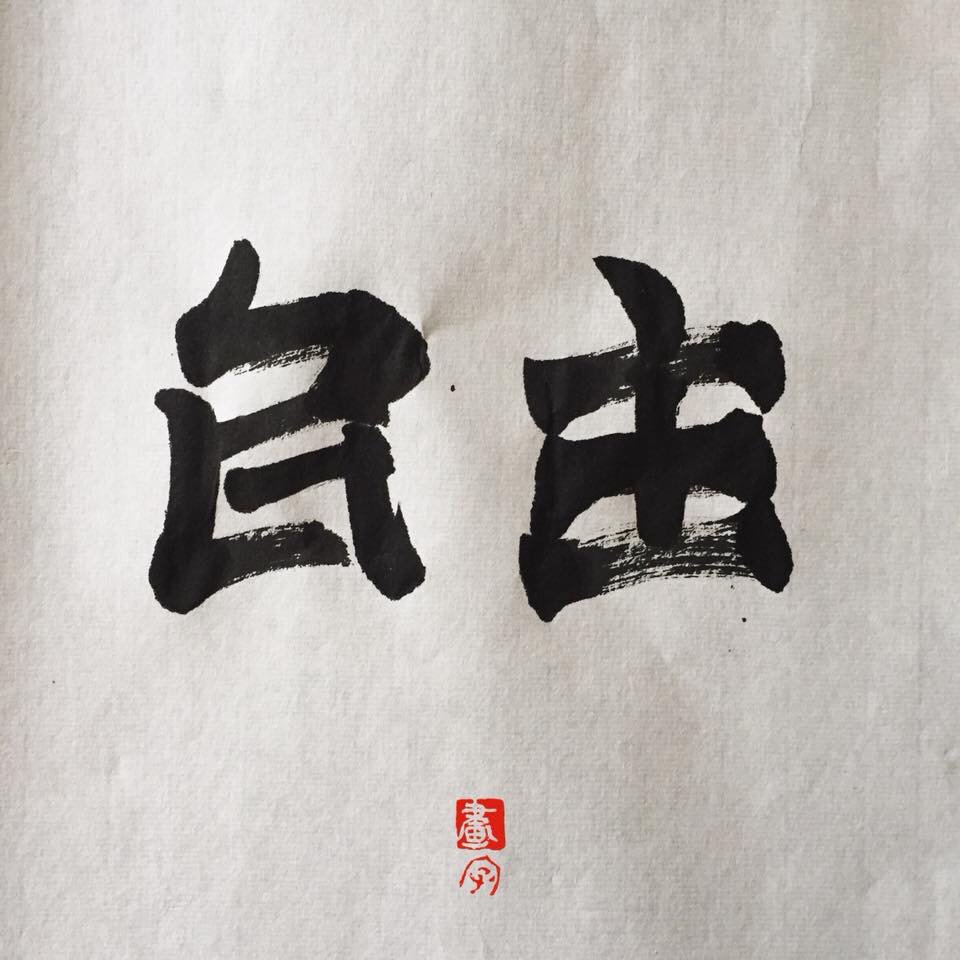
(Source)
Read the rest of this entry »
"Go Hong Kong!"
Whether in English or in Chinese (Xiānggǎng jiāyóu 香港加油!), "Go Hong Kong!" has been blocked and censored on the Chinese internet because of the massive protests against the hated extradition bill that Xi Jinping is trying to force upon the city. However, through the magic of Chinese calligraphy, there's a way to get around the ban against this cheer:
Read the rest of this entry »
Writing: from complex symbols to abstract squiggles
There's a new exhibition on "Writing: Making Your Mark" at the British Library. Judging from the homepage and all that I've heard about it, this is an exciting, informative, comprehensive display of more than a hundred objects and forty different systems pertaining to the history of writing during the past five millennia and drawn from around the world. Since it's open until Tuesday, August 27, 2019, if you're in the vicinity it would be worth your while to stop by and take a look.
There's also an excellent article by Kristina Foster about the exhibition in Hyperallergic (6/7/19):
"A History of Writing, from Hieroglyphs to Squiggles: An exhibition at the British Library powerfully delves into the personal and political complexities of writing, driving home that it’s not only one of humanity’s greatest inventions, but born out of the strongest human motivations."
Read the rest of this entry »
Mixed scripts on a Beijing bookstore sign
Interesting combination of scripts for the Military Bookstore on Dì'ān mén xī dàjiē 地安门西大街 (" Di'anmen West Street") (lots of concrete barriers out front!):
Read the rest of this entry »
An Indo-European approach to the alphabet?
[Update by Mark Liberman: Knowledgeable commenters have serious objections to the content of this guest post (e.g. John McWhorter, Sally Thomason), and others cite apparently racist content and publication location in other writings by John Day (e.g. Suzanne Kemmerer, Jamie). It was a serious mistake to have given this work a platform on this blog, which tries to present reputable linguistic perspectives in a public-facing way. I'm not going to delete it, since the comments are worth preserving, but it's important to put this warning up front. We'll try to avoid such mistakes in the future.]
[This is a guest post by John V. Day]
John V. Day, The Alphabet Code: The Origins of Our Alphabet and Numbers (Kindle 2018).
At present, almost every scholar follows Herodotus about the Greek alphabet being created by non-Indo-European Phoenicians (despite an earlier tradition attributing the invention of writing to the legendary hero Palamedes). Whereas my book, The Alphabet Code, argues that Indo-Europeans created the alphabet.
One problem with the orthodox story, as Isaac Taylor pointed out in the 19th century, is that the Greek letters and their alleged Semitic forerunners suffer from a ‘nearly absolute dissemblance of form’: for example, zēta and Semitic zayin, mu and Semitic mem; san and Semitic tsade; rhō and Semitic resh.
Furthermore, as Barry Powell admits, ‘The signs of the West Semitic signaries bear little resemblance to the objects they are said to name.’ Α, for example, supposedly depicts the head of an ox, although only after being rotated by 180°; Β, a house; Θ, a hand; Π, a mouth. Yet no one doubts the Phoenician hypothesis.
Read the rest of this entry »
Chinese restaurant shorthand, part 5
Subtitle: Phoneticization on an order from a Macanese restaurant in Vancouver.
Bruce Rusk sent in this prime example of extreme Sinographic shorthand, adding, "The geographic origin of the cuisine is a big hint to the document’s meaning…".
Read the rest of this entry »
A quantum leap in the Chinese toilet revolution
A friend was visiting in Lijiang, Yunnan Province (southwestern China) earlier this week. She stayed in Yuhu 玉湖 village where Joseph Rock (1884-1962; the famous Austrian-American explorer, geographer, linguist, and botanist) lived nearly a century ago at the foot of Yulong 玉龙 Mountain. The area around Lijiang has become a famous tourist destination, not only for the beauty of its natural scenery, but for the richness of its local culture (more about that below). While in Lijiang, my friend was surprised to come upon signs for unisex toilets:
Here is some signage for such toilets in China:
Read the rest of this entry »
Phonetic annotations as a welcome aid for learning how to read and write Sinographs
In several recent posts, we've been discussing the most efficient, least painful way to acquire facility with hanzi / kanji / hanja 漢字 ("Sinographs; Chinese characters"). Lord knows there are endless numbers of them and they are so intricately constructed that it is an arduous task to master the two thousand or so that are necessary for basic literacy.
It would be so much easier to learn the Sinographs if language pedagogues would provide phonetic annotations for each character. Better yet, the phonetic annotations should be divided into words with spaces between them according to the official orthographic rules.
Read the rest of this entry »
Cantonese as a Second Language
That's the title of a new book from Routledge:
John C. Wakefield, ed., Cantonese as a Second Language: Issues, Experiences and Suggestions for Teaching and Learning
Readers of Language Log know that I'm an ardent advocate of this vibrant language and will understand why I consider the publication of Cantonese as a Second Language a cause for celebration.
Two caveats:
1. It's a full-fledged language, not a mere "dialect".
2. You don't have to worry about the Sinographs when you learn it.
Read the rest of this entry »
